In the United States alone, 18 million people see a doctor for knee pain every year. (1) Trouble with these joints is highly common, yet still, many of us don’t know what to do about it. We’ve rounded up the best exercises for knee pain and a few you should avoid to help feel your best in no time.
What Causes Knee Pain?
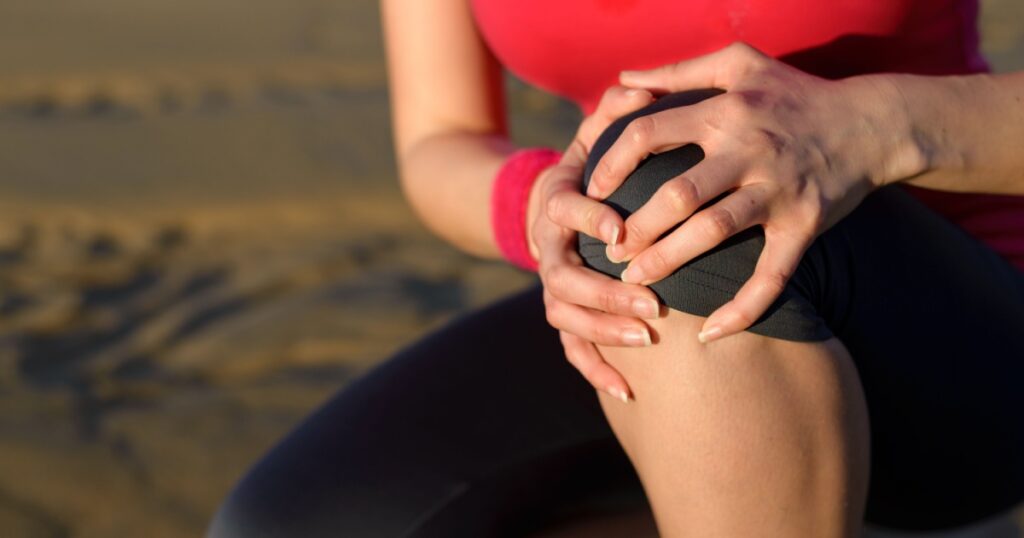
There are many reasons that people experience knee pain. The most common of these include (1):
- Overuse
- Osteoarthritis
- Tendinitis
- Bursitis
- Meniscus tears
- Sprained knee ligaments
Thankfully there are plenty of ways to make the knees stronger and pain-free, and the best of these are through stretching and exercise.
Exercises for knee pain might seem strange to some, however, when a joint such as the knee is injured it is actually crucial to keep it moving. You see, joints are like cars or airplanes: If they sit unused, they get stiff, clunky, and break down. Knowing the right exercises for knee pain and which ones to avoid will have your knees feeling much better relatively quickly.
Read More: These 5 foot exercises can relieve uncomfortable back, hip and knee pain in minutes
The Best Exercises For Knee Pain
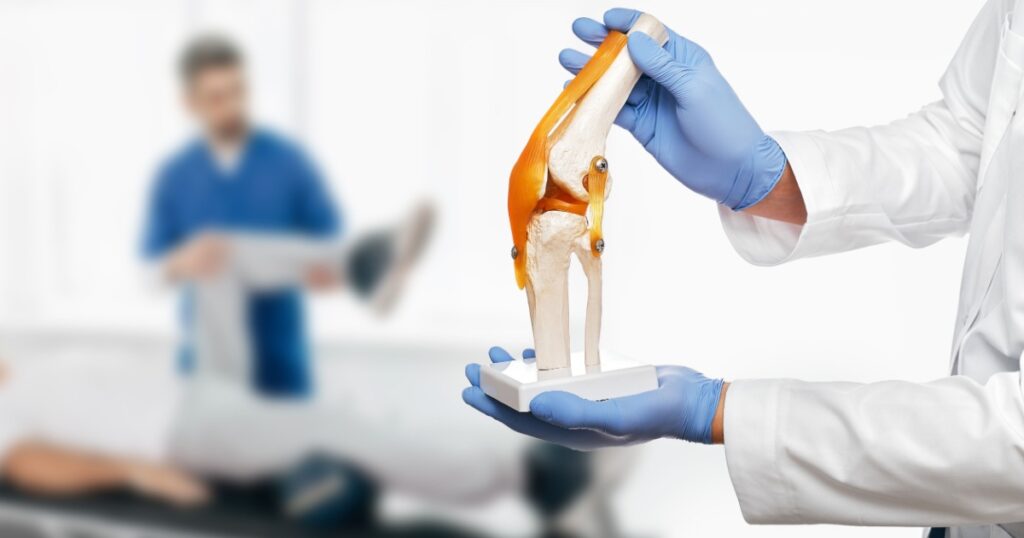
What is right for you will depend on your body, your knees, and what exactly is causing them pain. Proceed with caution if you have a serious pre-existing knee injury. As always, it is important that you consult your doctor or physiotherapist before trying anything new.
When performing exercises for knee pain, the most important things to consider are:
- Proper form
- Strengthing
- Stretching
Often knee pain can be caused by muscles such as the hips, glutes, and hamstrings being too weak and others, such as the quads, being too tight. These stretches and exercises address all of those concerns. (1)
Start and End With Stretches
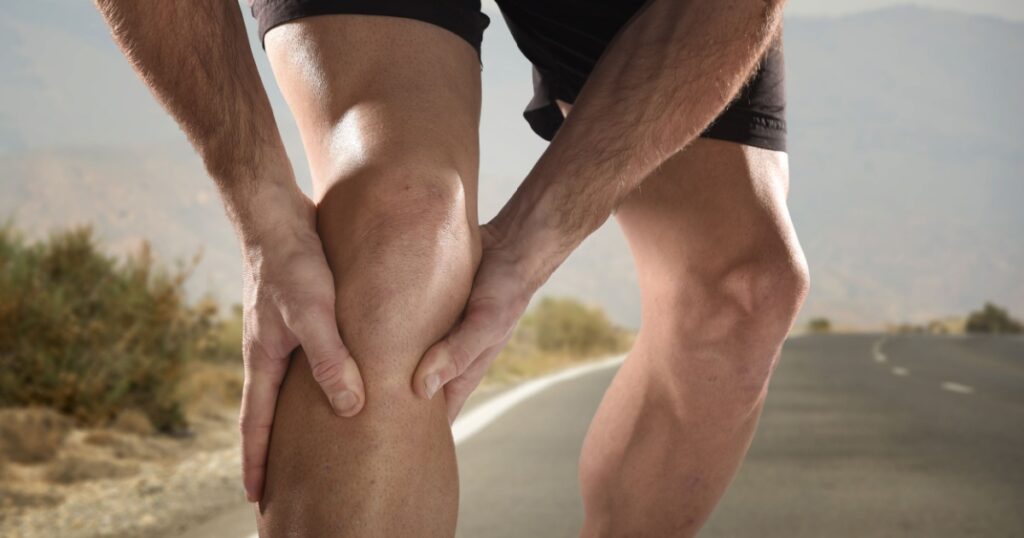
Stretching, especially when it comes to knee pain, is highly important. When certain muscles are too tight, they pull on parts of the joint causing it to track improperly which causes pain. These stretches are easy and gentle to do and can be done anytime throughout the day.
1. Heel and Calf Stretch

This stretch is for your calf and lower leg. Not only can it help to prevent or decrease knee pain, but it will also help to prevent injuries to your Achilles tendon.
2. Quad Stretch

There are three ways to perform the quad stretch, each with varying levels of difficulty and intensity. You can determine which version is best for you.
Read More: These 5 foot exercises can relieve uncomfortable back, hip and knee pain in minutes
3. Hamstring Stretch

This hamstring stretch you can do while sitting at your desk, on the bus, or really any time you are in a chair for long periods of time. There are several other ways to stretch your hamstrings, all that you can modify to meet your needs.
Strengthening Exercises for Knee Pain
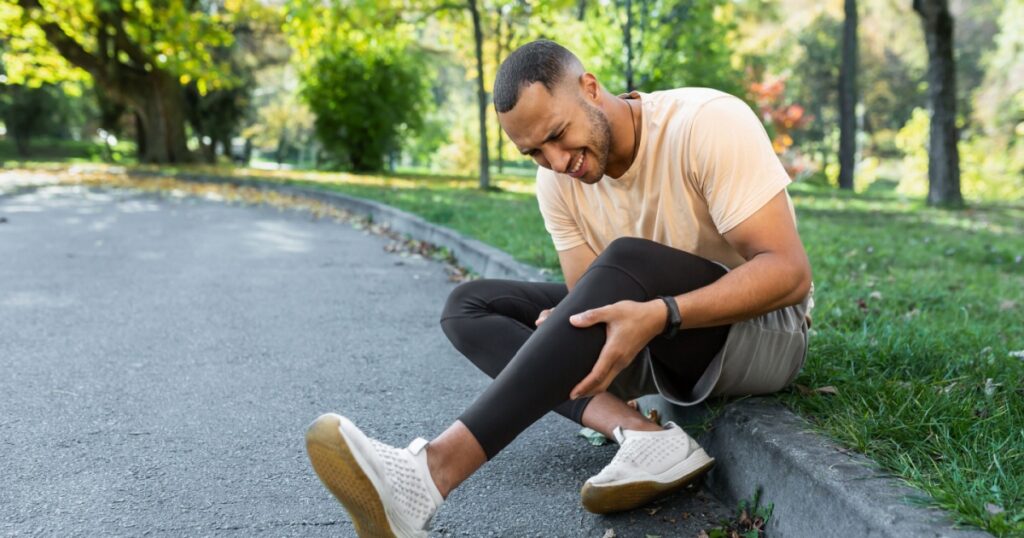
Not only is stretching tight muscles important, but it is also necessary to address the imbalances that can cause these situations to occur.
1. Half Squats

Squats are an incredible exercise for your quads, hamstrings, and glutes, however, full squats can strain your knees. Half squats allow you to strengthen these areas without putting further strain on your already troubled knees.
2. Calf Raises

Strong calves will also help to protect your knees. Calf raises will also help to strengthen and stabilize your feet and ankles. Perform this exercise in a slow, controlled manner to get the most out of it.
3. Hamstring Curl

We tend to spend long hours sitting, which eventually causes our hamstrings to become weaker and less active. Hamstring curls address this problem and can be scaled up using other positions, bands, and weights as you get stronger.
4. Leg Extensions

Though again from too much sitting, our quads tend to be very tight, this doesn’t mean they are strong. Strengthening them will help our knee joints track properly and reduce pain.
5. Straight Leg Raise

Not only does this exercise target your quad, but it also helps to strengthen your hip flexors. Tight, weak hip flexors are often a top culprit of knee pain. In this exercise, it is important to keep your core tight and your lower back in contact with the floor.
Read More: 7 Daily Activities That Are Aggravating Your Sciatica Pain
6. Side Leg Raises

Both your glutes and hip abductor muscles help your knees to rotate and track properly when you are moving. This exercise targets both of those muscles to make sure they are strong and stable. As you get stronger, you can consider adding bands or ankle weights.
7. Prone Leg Raises

Another glute and hamstring exercise to combat all the sitting we do on a regular basis. This is another exercise that you can add bands or light ankle weights to as you get stronger.
8. Peterson Step Ups

This exercise is considered to be one of the best to strengthen the small muscles that surround your knee and help to prevent knee pain. Make sure that your hips stay even and your knees track properly over your third toe throughout the entire exercise.
9. Glute Bridges

This is another great exercise to strengthen the glutes and hamstrings without putting the strain on your knees that full squats can. Make sure to keep your core tight and hips level throughout this exercise.
10. Clam Shells

Finally, clam shells are another glute strengthener to help protect your knees and hips. This is another exercise which you can add bands to for added resistance.
Exercises to Avoid
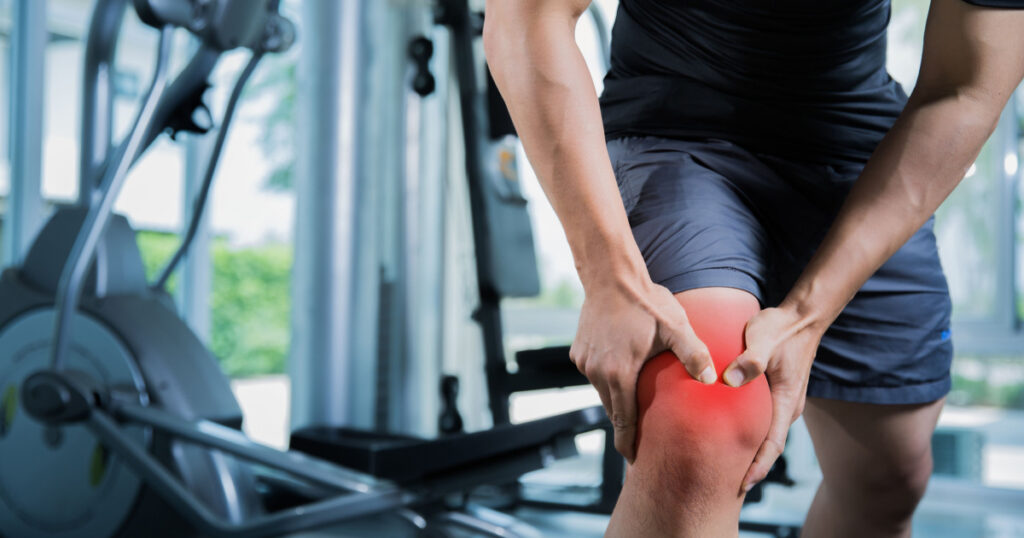
There are many exercises that are unadvisable if you experience knee pain, particularly if you are recovering from a knee injury.
Rest, Repair, and Prepare
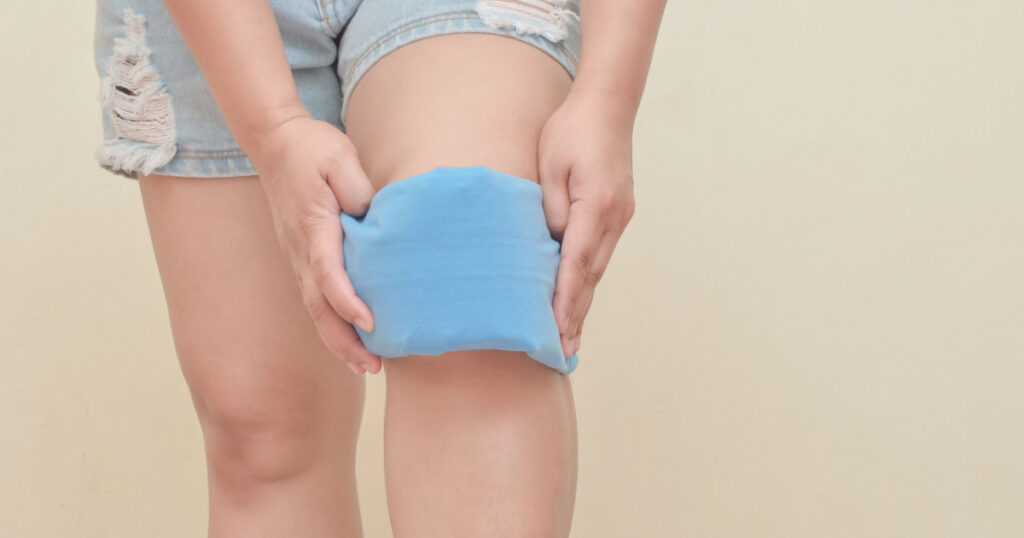
If you are suffering from an overuse injury, avoid the exercise that caused that injury until your knee is healed. Then, with the help of your physiotherapist, slowly reintroduce that exercise so that you don’t injure yourself again. Take your “downtime” from that exercise to develop a strengthening and stretching plan to avoid having the same injury twice. (1)
Lose Weight

Many people’s knee pain and injuries are associated with carrying excess weight. Work with your doctor, physiotherapist, dietitian, or personal trainer to develop a diet and exercise plan that protects your joints and helps you lose some of that weight. Losing weight will help you to decrease the amount of pressure on your knees and other joints on a daily basis. (1)
Beyond that, some exercises to avoid include:
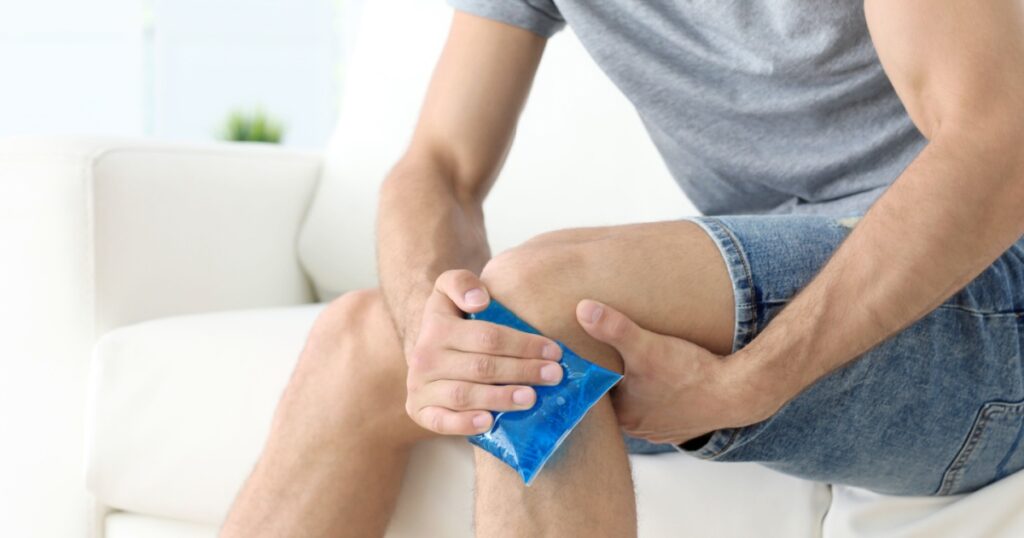
- Exercises done on your knees, especially on harder surfaces
- Exercises where your knees go past your toes
- Running, particularly on hard surfaces. Consider running on grass or dirt trails, or opt for lower-impact cardio like swimming, biking, rowing, or the elliptical
Always, with any injury, if it causes pain, stop doing it! Until you are healed and pain-free, consider lower-impact exercises like yoga, Thai chi, pilates, water aerobics, and even just a good, brisk walk. The most important thing is that you don’t allow your injury to keep you from incorporating movement into your daily activities.
Read More: The Painkilling Cayenne Cream Recipe That Anyone With Stiff Joints or Sore Muscles Needs to Try

